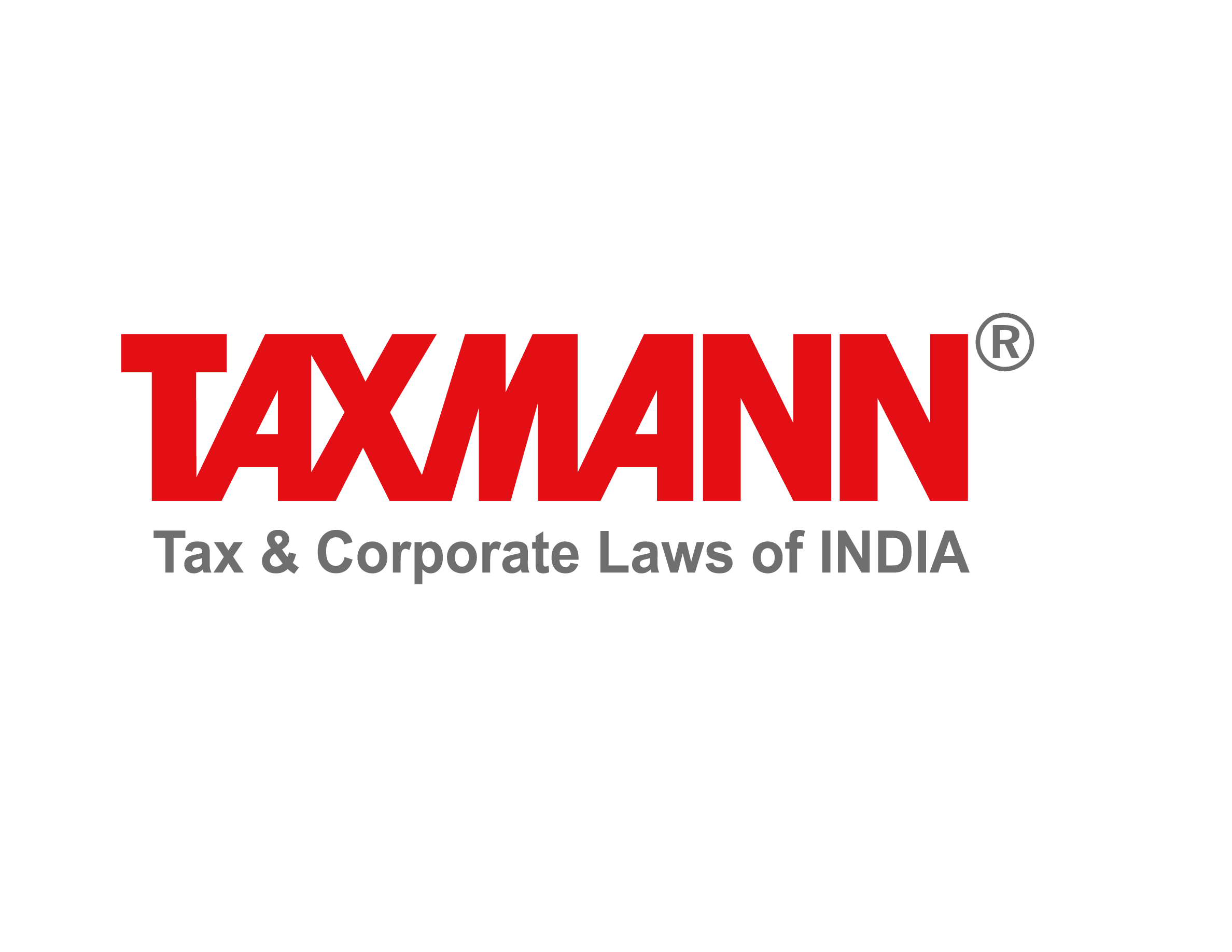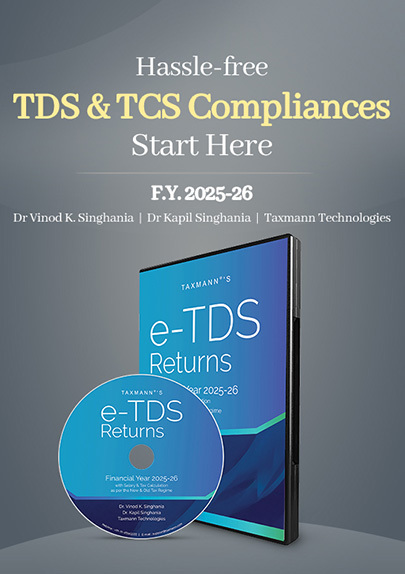[Opinion] Revenue Recognition as per Percentage Completion Method | Key Aspects to Consider Under Accounting Standard-7
- Blog|News|Account & Audit|
- 2 Min Read
- By Taxmann
- |
- Last Updated on 30 December, 2024

CA Nitin Sharma & Rituraj Jain – [2024] 169 taxmann.com 656 (Article)
“You Can’t Build a Bridge and Count the Revenue at the Same Time!”
1. Introduction
- The Percentage Completion Method (PCM) is used for long-term construction contracts that take more than one year to finish. Instead of waiting until the project is complete, this method lets companies recognize revenue and costs as the work progresses.
- Each year, the company records the revenue based on how much of the project is completed, matching it with the costs incurred. In this way, the financial records reflects a clearer picture of the progress of the project over time.
- AS 7 states that the percentage completion method can only be used if it is possible to reasonably ascertain the cost of the contract as well as the amount of revenue it will generate.
- It also states that if the total costs of a contract are expected to be higher than the total revenue, the loss should be recognized and recorded as an expense immediately.
2. Glossary
- Construction Contract: A construction contract is an agreement specifically made for building an asset or multiple assets that are closely related in design, function, or purpose. It covers projects where the parts work together as a whole.
- Fixed Price Contract: In a fixed price contract, the price is agreed as fixed sum or a fixed rate per unit of output. In some cases, the contract may require the customer to pay additional sums to compensate the contractor against cost escalations.
- Cost Plus Contract: A cost plus contract is a construction contract in which the contractor is reimbursed for allowable or otherwise defined costs, plus percentage of these costs or a fixed fee.
Click Here To Read The Full Article
Disclaimer: The content/information published on the website is only for general information of the user and shall not be construed as legal advice. While the Taxmann has exercised reasonable efforts to ensure the veracity of information/content published, Taxmann shall be under no liability in any manner whatsoever for incorrect information, if any.

Taxmann Publications has a dedicated in-house Research & Editorial Team. This team consists of a team of Chartered Accountants, Company Secretaries, and Lawyers. This team works under the guidance and supervision of editor-in-chief Mr Rakesh Bhargava.
The Research and Editorial Team is responsible for developing reliable and accurate content for the readers. The team follows the six-sigma approach to achieve the benchmark of zero error in its publications and research platforms. The team ensures that the following publication guidelines are thoroughly followed while developing the content:
- The statutory material is obtained only from the authorized and reliable sources
- All the latest developments in the judicial and legislative fields are covered
- Prepare the analytical write-ups on current, controversial, and important issues to help the readers to understand the concept and its implications
- Every content published by Taxmann is complete, accurate and lucid
- All evidence-based statements are supported with proper reference to Section, Circular No., Notification No. or citations
- The golden rules of grammar, style and consistency are thoroughly followed
- Font and size that’s easy to read and remain consistent across all imprint and digital publications are applied



 CA | CS | CMA
CA | CS | CMA
